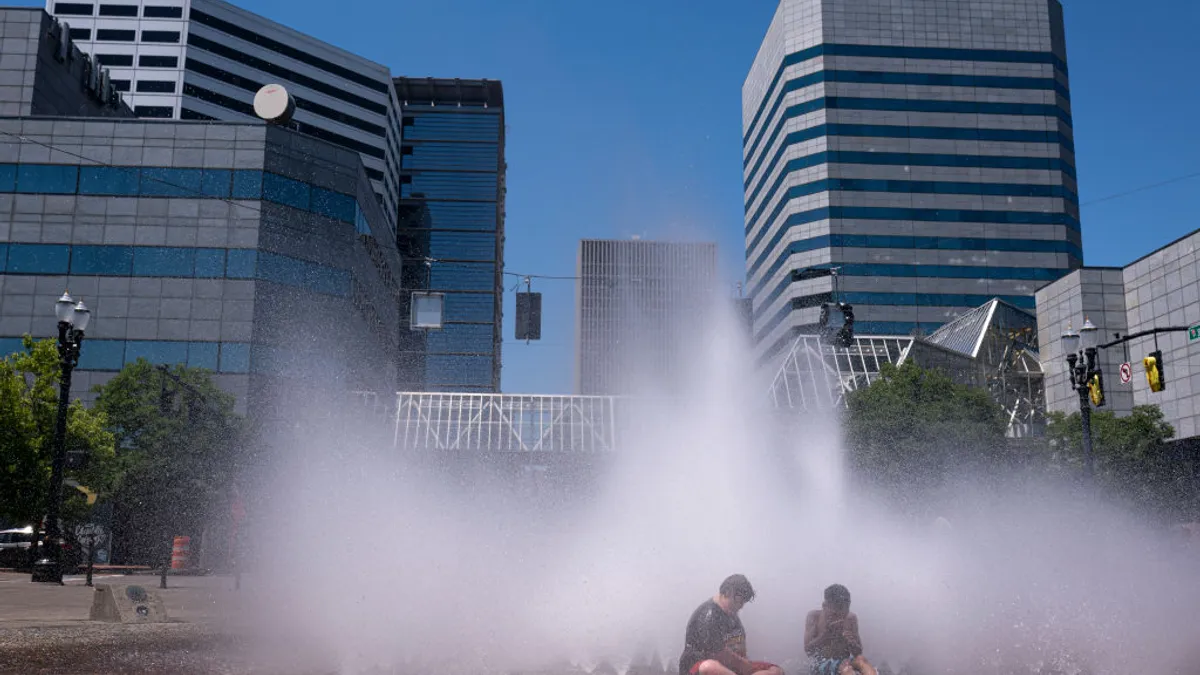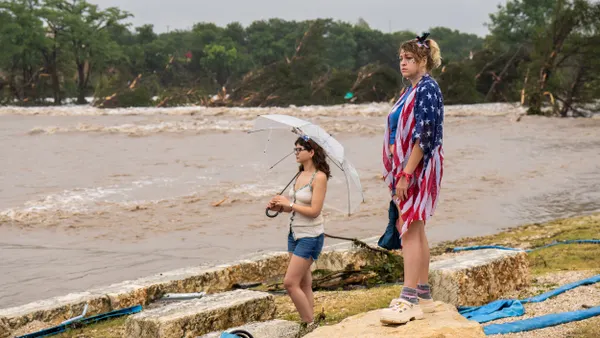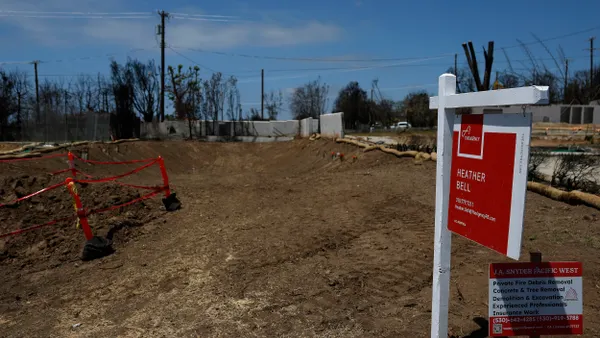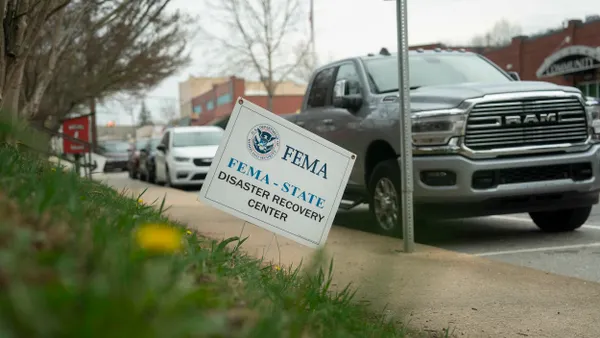UPDATE: Jan. 4, 2024: Organizations including local governments, universities and nonprofits can now apply to participate in the National Oceanic and Atmospheric Administration’s 2024 Urban Heat Island mapping campaign program. Applications are due by Jan. 31 at 5 p.m. EDT, and applicants will be notified of their acceptance by mid-March.
This year, NOAA’s National Integrated Heat Health Information System plans to partner with more federal agencies on the program, including the the departments of Health and Human Services and Housing and Urban Development.
Miami-Dade County leaders recently declared an official “heat season” running from the beginning of May until the end of October, but extreme heat isn’t just a problem for sunny Florida.
Portland, Oregon, last June experienced record-setting temperatures in the 110-degree range during a heat wave linked to hundreds of deaths across the Pacific Northwest. And in the Northeast, Boston’s new mayor recently unveiled a citywide heat resilience framework with strategies to prepare for “hotter summers and more intense heat events,” particularly in communities disproportionately harmed by other environmental factors.
As more cities confront the realities of rising temperatures, a first step toward mitigation is to measure the heat and its impacts, which can vary notably from neighborhood to neighborhood. One concern is how urban heat island effects are greater in areas where environmental justice issues already disadvantage certain residents’ health and well-being.
Portland-based CAPA Strategies, a data analytics firm focused largely on climate adaptation, is working with the National Oceanic and Atmospheric Administration to set local governments up with tools that allow volunteers to serve as “citizen scientists” to help gather data on heat levels around their communities.
The program has grown from three cities and counties to 14 this summer: Boulder, Colorado; Clark County, Nevada (home to Las Vegas); Columbia, South Carolina; Columbus, Ohio; Jacksonville, Florida; Knoxville and Nashville, Tennessee; Milwaukee, Wisconsin; Montgomery County, Maryland (outside of Washington, D.C.); Omaha, Nebraska; Spokane, Washington; Philadelphia; Brooklyn, New York; and San Francisco.
Despite the geographic range, the findings in cities are often quite similar, according to Joey Williams, manager at CAPA Strategies and director of its Heat Watch program.
For cities already engaged in resilience work and that know where environmental justice disparities are a problem, “a lot of the time, they say, mostly, ‘there are not too many surprises here,’” Williams said. “But you have generated the evidence to show that there is disparity in heat exposure,” and they find that neighborhoods facing other environmental injustices are also more commonly exposed to higher temperatures, he said. “And that’s because of lack of tree canopy and other green space, really intense amounts of impervious surfaces that also line up with historic redlining,” and subsequent lack of investment.
City participants in earlier years have used that evidence base — including findings that the heat issue makes it more expensive for residents to cool their homes — to seek heat-related investments or win grants, according to Williams. Findings have also been incorporated into climate action plans, he said.
How it works
For this initiative, CAPA is funded by NOAA on behalf of the participating cities, Williams explained. The firm facilitates the heat mapping process remotely, helping cities plan when and where to have a data-gathering campaign, as well as how to convene leaders and volunteers, and design experiments and routes for data collection. The firm leases temperature sensors, which attach to passenger vehicles, that volunteers use during multi-day campaigns. Once the data is collected, the firm cleans, analyzes and models it as part of its follow-up with cities.
“It’s fairly straightforward for participants to learn what to do,” Williams said. “We really rely on the local leaders to frame the project to those participants and frame the issue and garner input from the community.”
Leveraging interested people affected by heat issues who want to be a part of research and solutions is critical, Williams explained. “Heat touches everything. We’ve got that on our side,” he said. CAPA encourages cities to compensate volunteers with gift cards, gas reimbursement and the like.
Williams suggested that including residents in the data collection process circumvents the disconnect that can occur if governments develop data-driven solutions without factoring in local voices or lived experiences. “It engages the community in the process, and that gives us an air of civic legitimacy [that we’ve found] planners and resilience people across cities are really looking for when they use data models,” he said.
CAPA is working to add further technologies to reap more data from the research campaigns. For example, heat mapping participant cities Philadelphia and Columbus, Ohio, will also monitor air quality this summer, Williams said, by mounting an additional device on vehicles with the temperature sensors. The firm is also piloting some projects to monitor indoor temperatures to understand what people experience when they’re inside their homes on a hot day and how that relates to outside conditions and their adaptation, he said.











